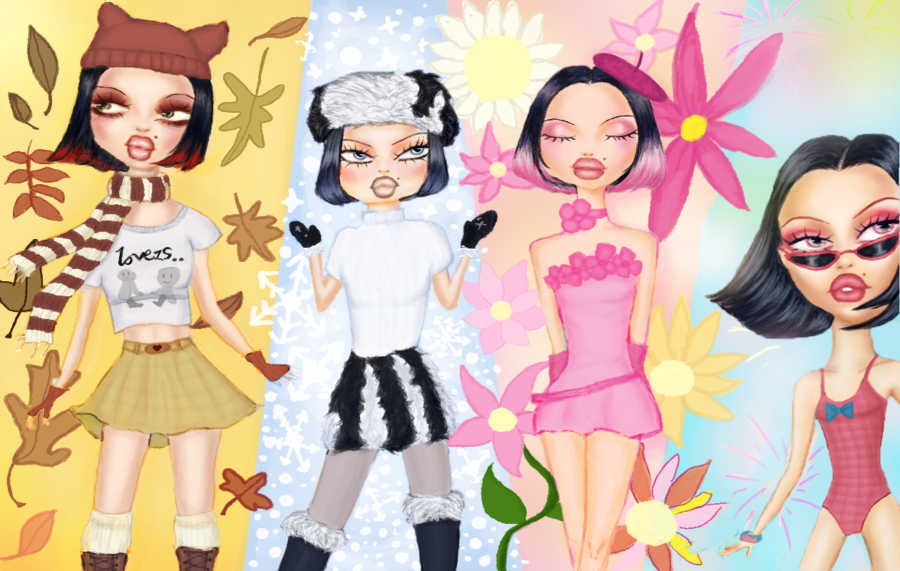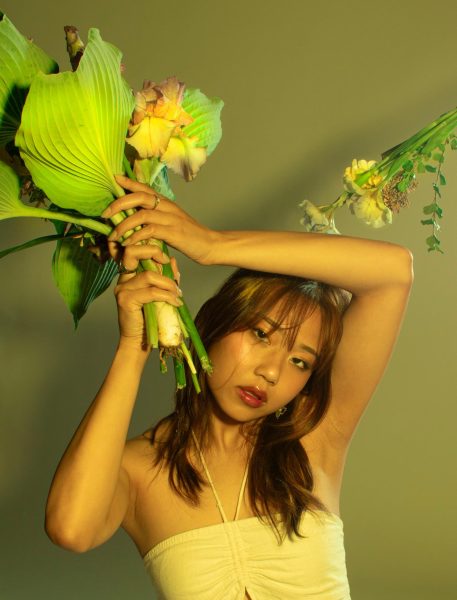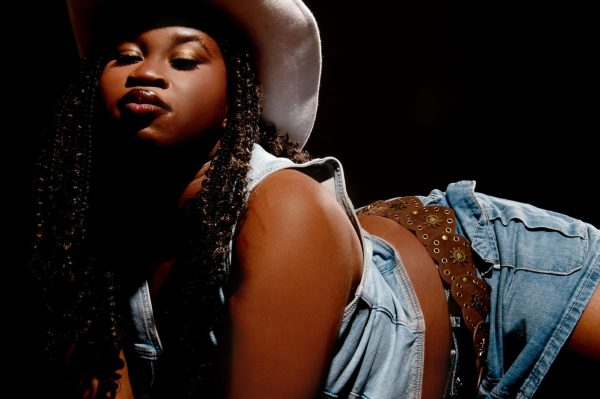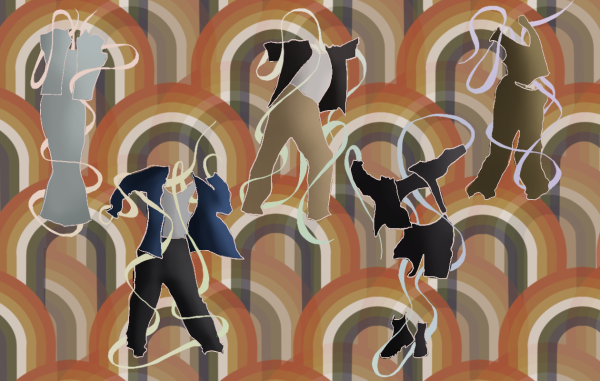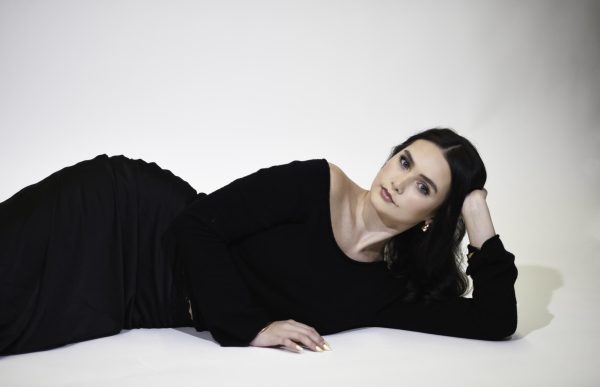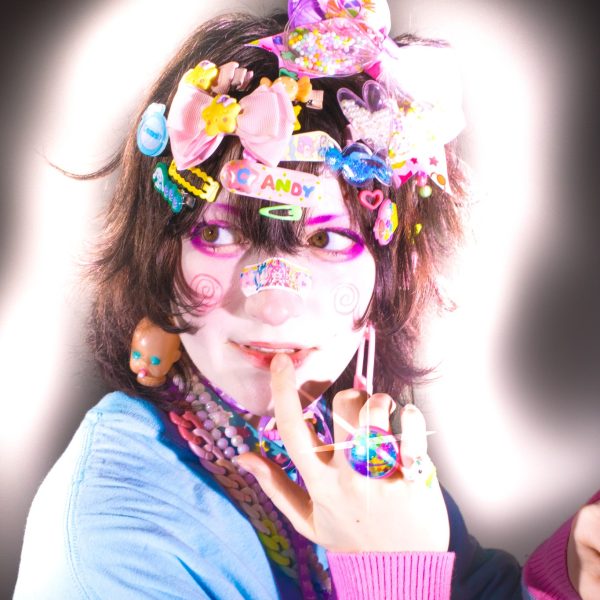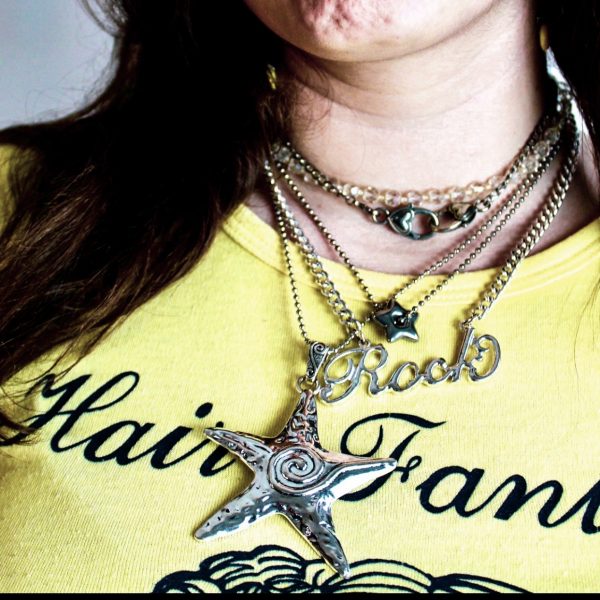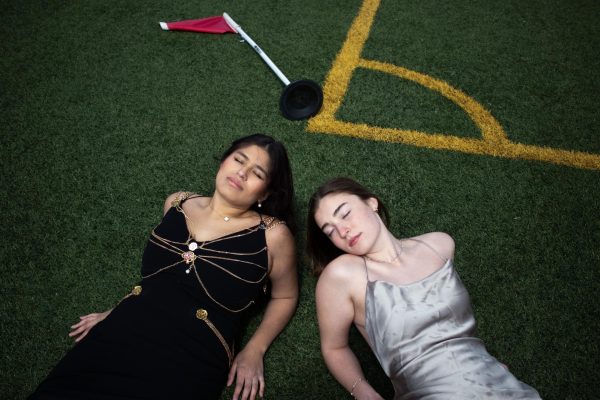turns out there are 12 seasons, not 4: understanding what your color season should be
Have you ever thought a garment was just so cute on the rack only to try it on and realize, despite it fitting, there’s something off about it? Can’t figure out what it is? Well, it might be the color of the garment, more specifically, the color of the garment against your complexion.
Though absolutely everyone has different skin tones, eye colors and hair colors, flattering color groups fall into one of four categories: winter, spring, summer and fall.
The reason the color families are broken down as the seasons is because “each season has an established color association with it already,” designer Gabrielle Arruda writes. For instance, in Arruda’s article, “Which Season Are You? Seasonal Color Analysis and Why It Matter,” she writes, “we think of oranges and red for autumn, icy white and pale blue for winter, lush green for spring, and light, airy colors for summer.”
Within the four seasons, there are actually 12 seasons. Finding your season is based on three main factors: cool or warm hue, high or low value or contrast, and chroma, meaning how pigmented (or not) a color is.
To discover your season, first figure out if you have a warm or cool hue. How do you know? An easy way to learn your skin undertone is by looking at the color of your veins in direct sunlight. If they’re blue, you’re cool, and if your veins are green, that means you’re warm toned. Comparing your skin against a white piece of paper can also help identify your skin tone by offering a neutral base to judge your skin off of.
One of the easiest ways to decide is by asking yourself the simple question: Do you burn or tan in the sun? If you burn, that can be a pretty clear indicator you’re cool toned, as opposed to tanning if you’re warm toned. Eyes are also an indicator. Blue or green eyes are cool, while hazel and brown eyes are warm. Take note of your hair color too, as black or ashy tones lean towards cool. If you still can’t decide which way you lean after these tests, maybe you don’t lean at all, instead, you may have a neutral tone, leaving even more open.
Next, determine your value and contrast, according to The Concept Wardrobe. While value describes “how light or dark a color is,” contrast is “the level of difference in value between two or more colors.” It’s suggested to put a photo of yourself in a gray scale to assess what your value is: is it light, dark or maybe medium? When looking at a desaturated picture of a person with light skin and blonde hair, they would be deemed as having a light value. They would also be low contrast because there is not much value difference between their features. For a person to have a high contrast, their hair would have to be darker than their skin tone, whatever that may be. On the other hand, a person with olive skin and medium brown hair would be considered medium value.
Chroma is the last factor required to find your season, and refers to the level of saturation a color has, for example, dusty pink versus hot pink, with hot pink being very saturated and dusty pink not as much. A color becomes desaturated by adding gray to it. Chroma determines if you look better in desaturated colors or brighter colors.
Time to discover your season! Considering your undertone, if you’re warm, you’d fall into either spring or autumn, and if you’re cool then you’d fall into either winter or summer. “Winter seasons have cool undertones, vibrant eyes, and high contrast”, Arruda writes, so if you have dark hair and a cool, paler skin tone, winter would be the season for you.
Summer is similar with the cool undertones, but summer people typically have lighter hair and eyes, as well as a medium contrast. Autumn is warm, with dark features and low contrast. Finally, spring is warm toned with lighter features than autumn, but similarly low contrast. Hair colors for autumn may include red or burgundy, while spring would include honey blonde. There are six subcategories that inform the main season based on chroma. The six categories include: clear, cool, deep, warm, soft and light. Each of the four seasons has three of the six subcategories.
When considering the winter season, there are three options: clear, cool or deep. Clear winters have a more medium value and look great in intense, bright hues that may lean icy. Deep winters have a quite deep value and look best in fully saturated, pure or primary colors. Cool winters are by far the most cool toned of the seasons. They have a high contrast and similarly to the other winters, looks good in saturated, jewel-toned colors.
Summer includes cool, light and soft. Light summers have a cool-tone and very light value. However, their chroma leans “soft” as opposed to clear or bright, this allows them to wear dusty light colors without looking washed out. As the name suggests, soft summers are very similar to their light counterparts, but they lean even more soft on the chroma scale making them look the best in muted, cool toned hues. Cool summers have the darkest hair out of this season, but remain in a similar medium value range. They are also similarly soft on the chroma scale, but can wear the darkest hues out of the three.
Under the spring category, there is light, clear and warm. While all have warm undertones, warm of course has the warmest undertone, while light has the coolest undertone of the three. Light spring has a light value and sits somewhere in the middle of the chroma scale. Their best colors are light-hued, warm and clear. Clear springs have a higher contrast and lean heavily toward clear on the chroma scale, meaning warm, saturated colors are their most flattering. Just like mentioned above, warm springs have very warm undertones. They also sit closer toward the clear side of the chroma scale, resulting in vibrant colors making them look bright and glowy.
Finally — autumn’s three categories include: warm, deep and soft. Warm autumn is naturally the warmest of the three. They have a medium value and sit just slightly favoring soft on the chroma scale. This results in rich and muted tones such as deep browns and rusts that can play on their golden undertones. Deep autumns are much darker in complexion. They can wear brighter, more clear hues than warm autumns can, so while warm autumns might reach for muted tones, deep autumns are best flattered in bolder colors. Soft autumn has the lightest value with the smallest contrast. They sit very close to soft on the chroma scale, making super muted, warm colors look the best. While clear, true pigments flatter winters, blended tones work well on soft autumns.
So next time you’re in a store, you might be able to immediately narrow down try-ons. If you discover you’re a cool summer, you should probably avoid a pale yellow dress then. However, trying to stay within the parameters of the 12 subcategory seasons could feel limiting and no longer fun. If that’s the case, it’s always OK to break the rules and follow your own interests. Happy color theory!
Support Student Media
Hi! I’m Catie Pusateri, A Magazine’s editor-in-chief. My staff and I are committed to bringing you the most important and entertaining news from the realms of fashion, beauty and culture. We are full-time students and hard-working journalists. While we get support from the student media fee and earned revenue such as advertising, both of those continue to decline. Your generous gift of any amount will help enhance our student experience as we grow into working professionals. Please go here to donate to A Magazine.

